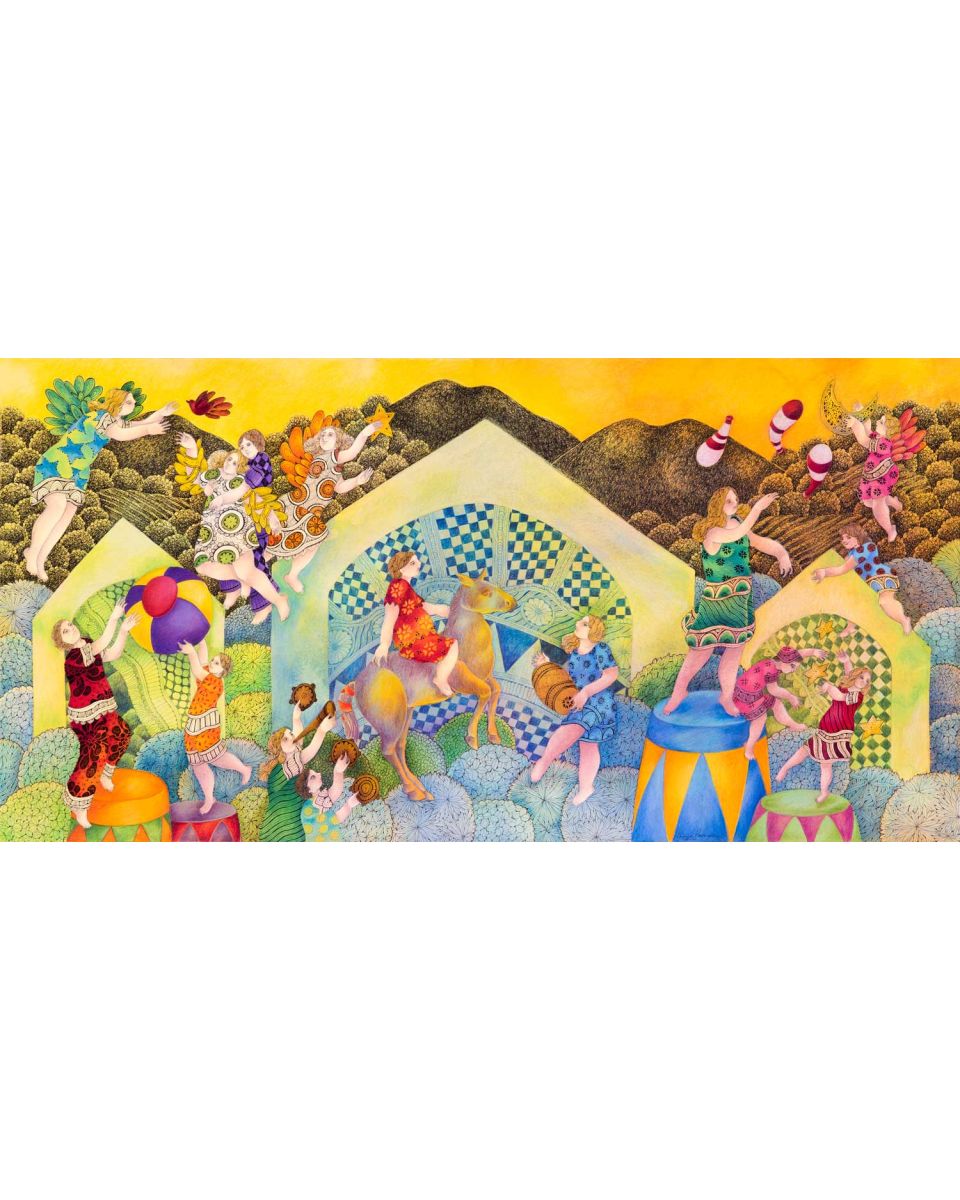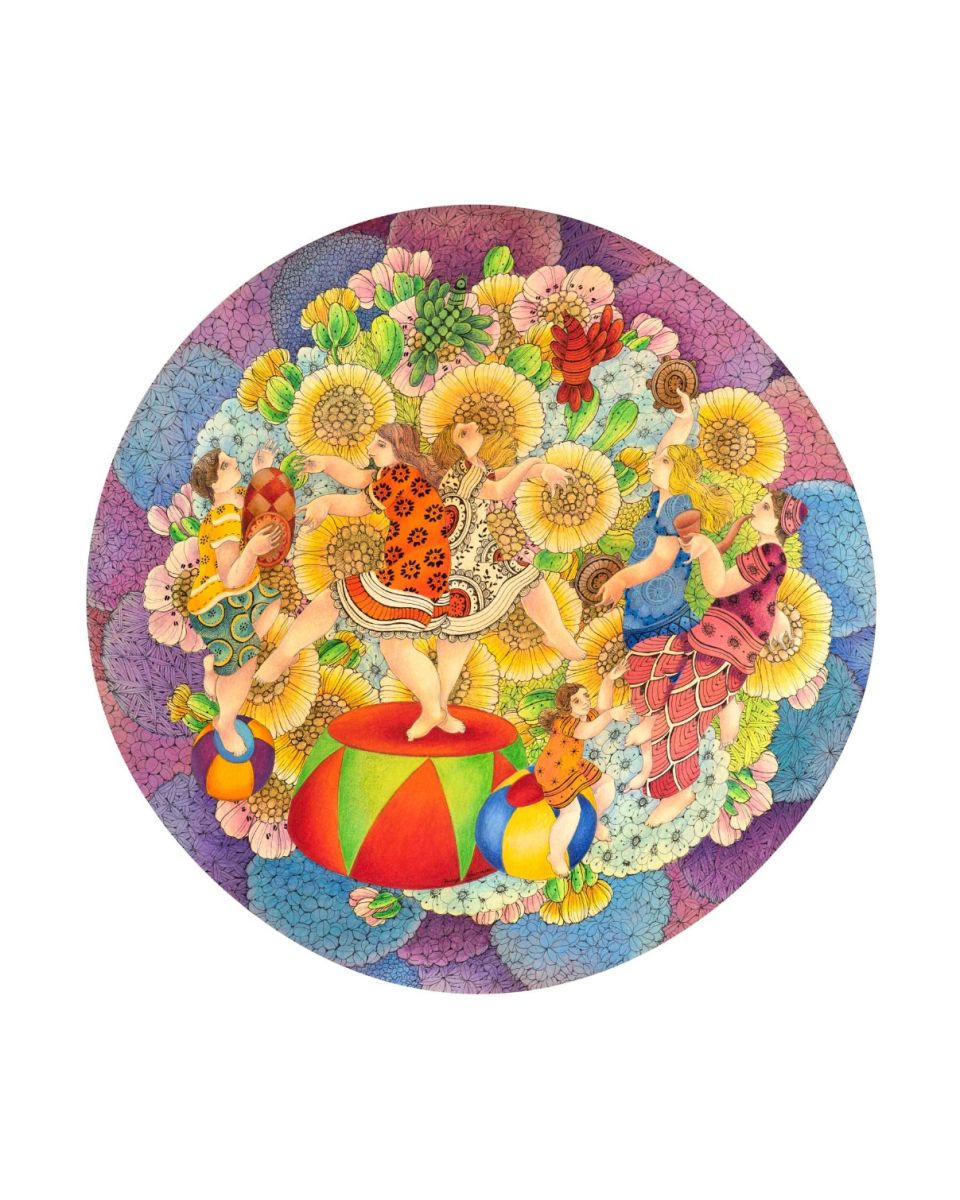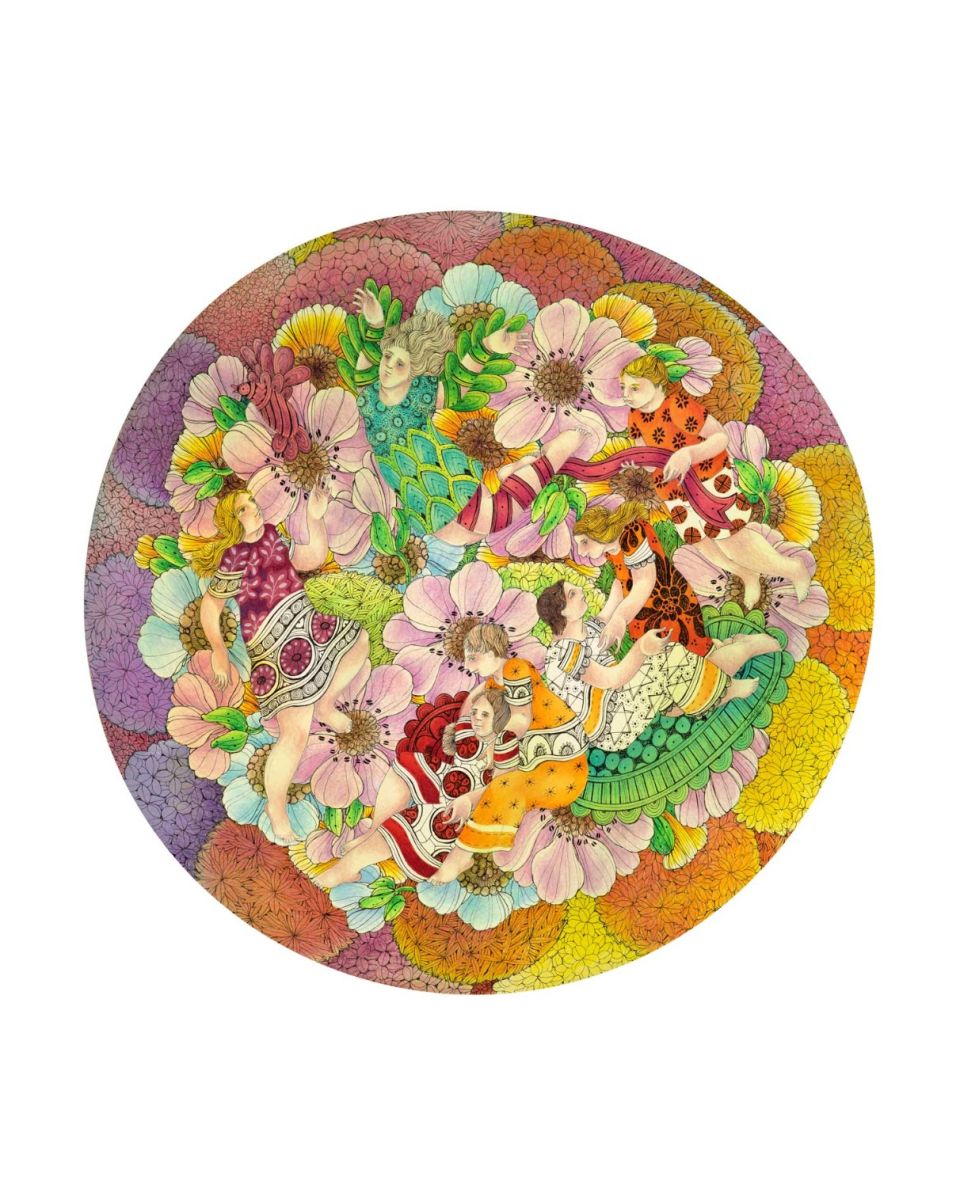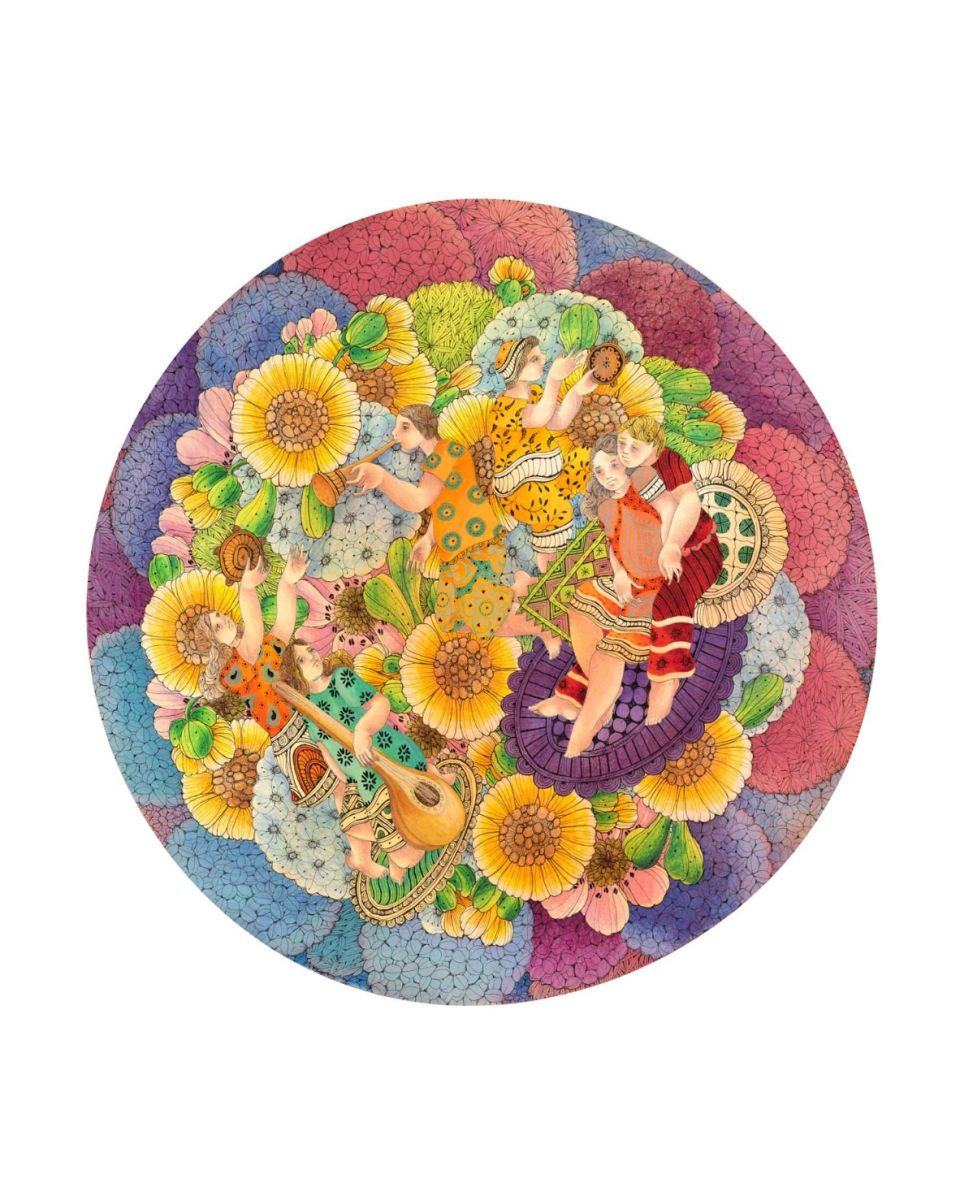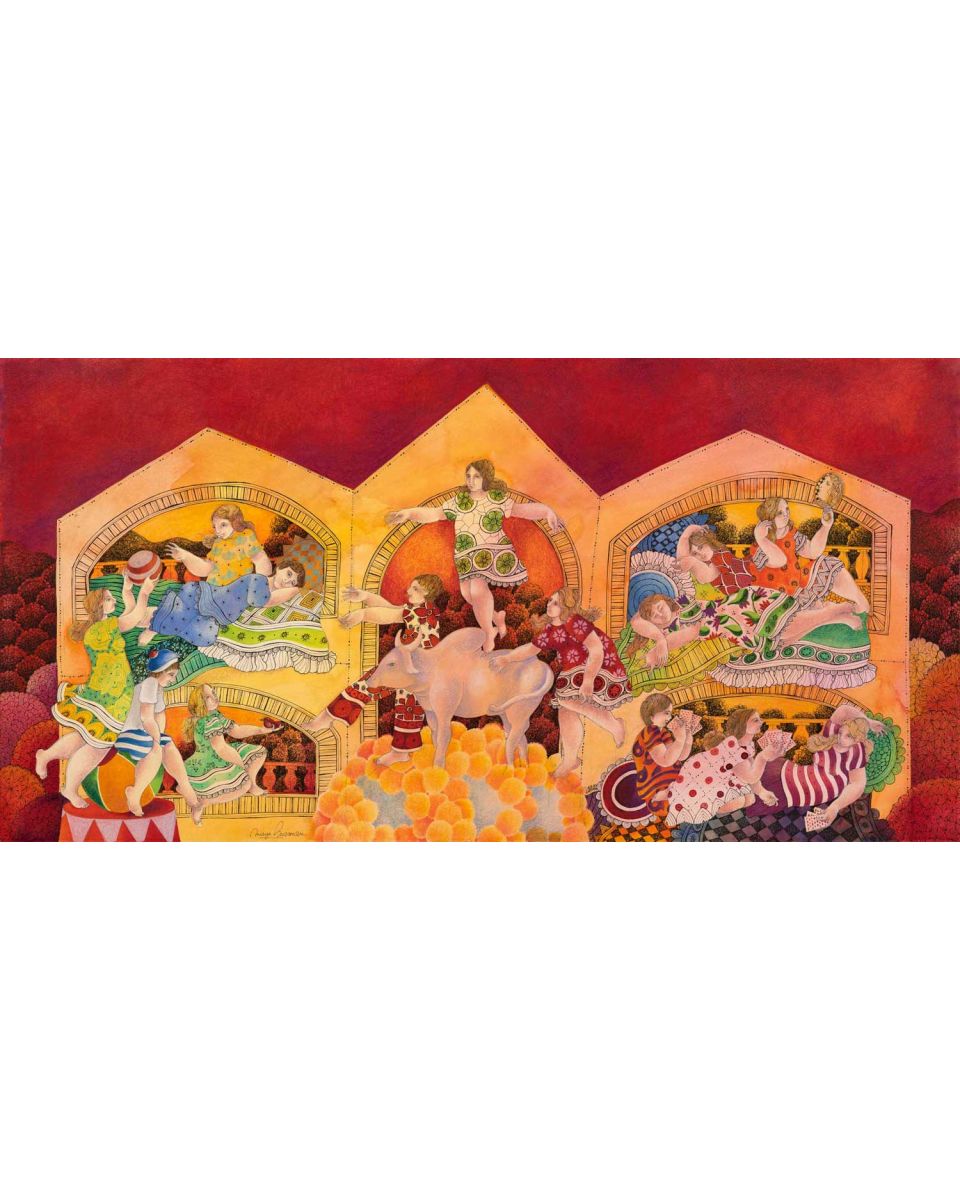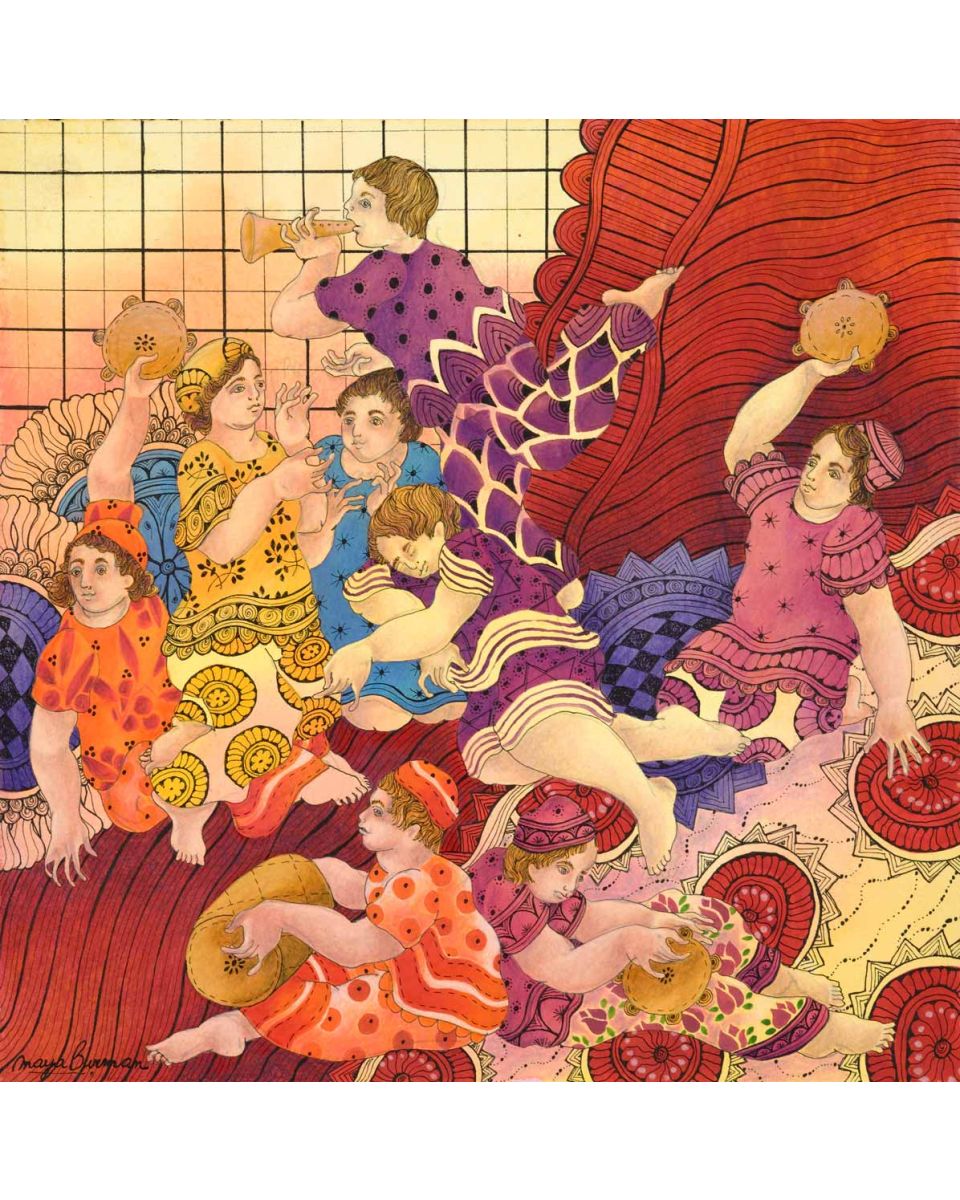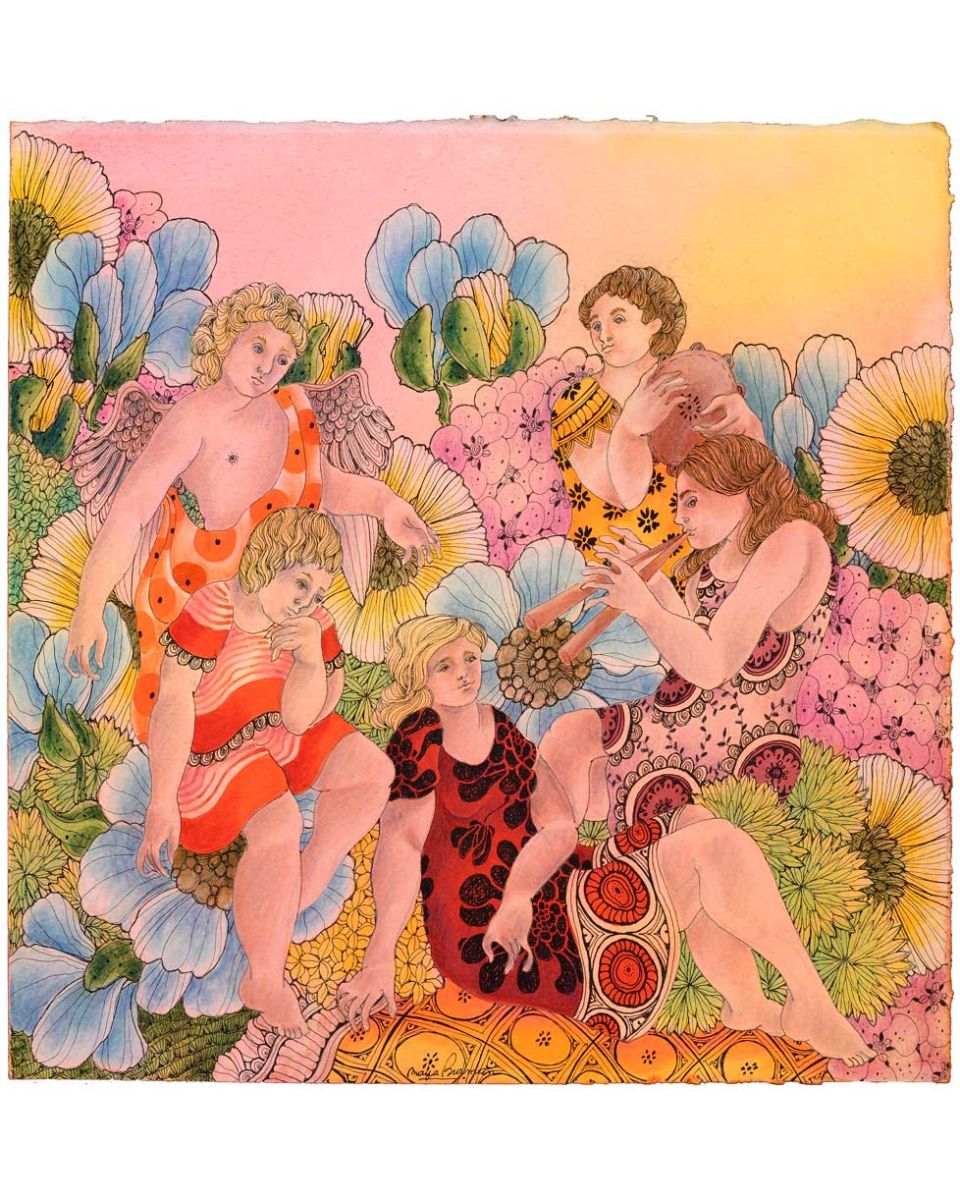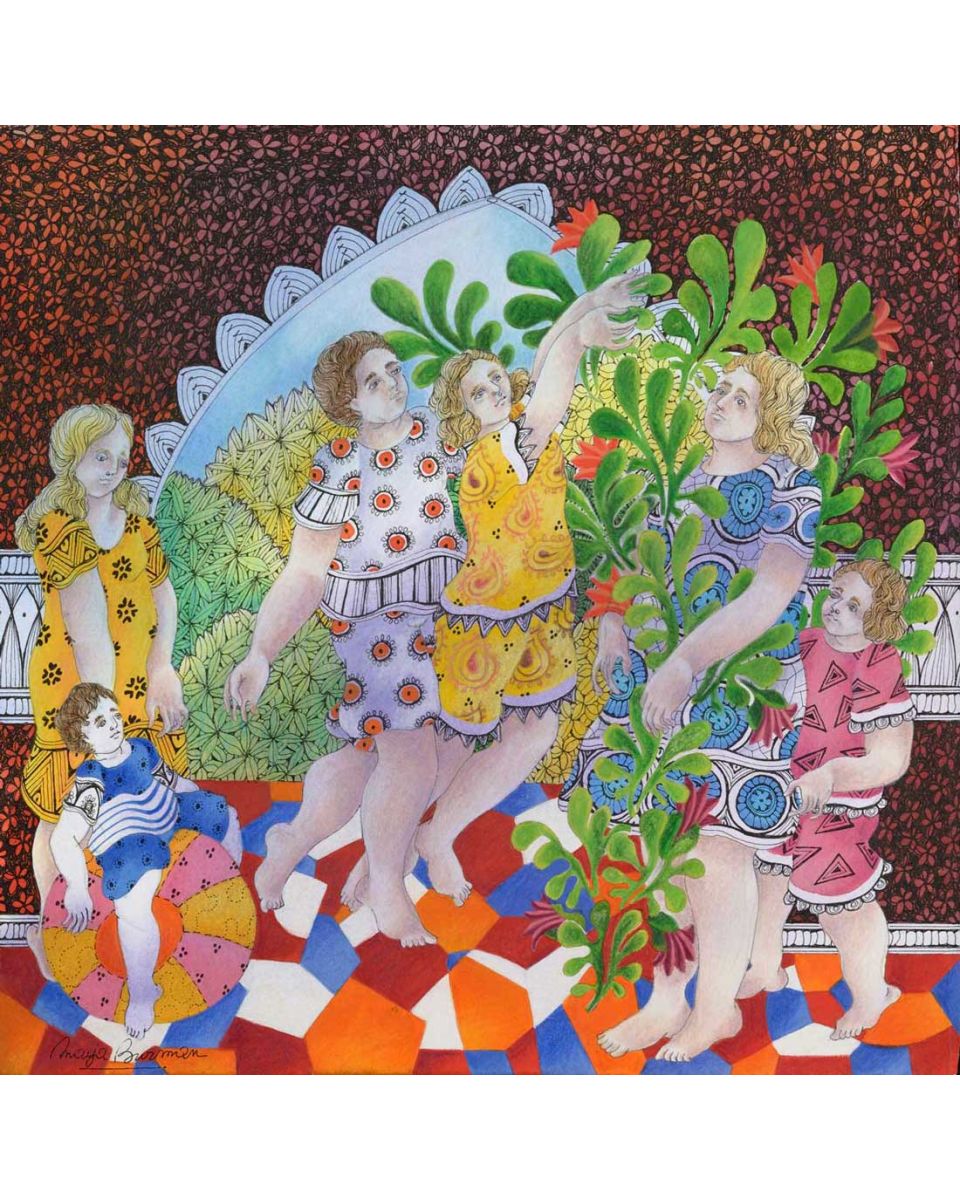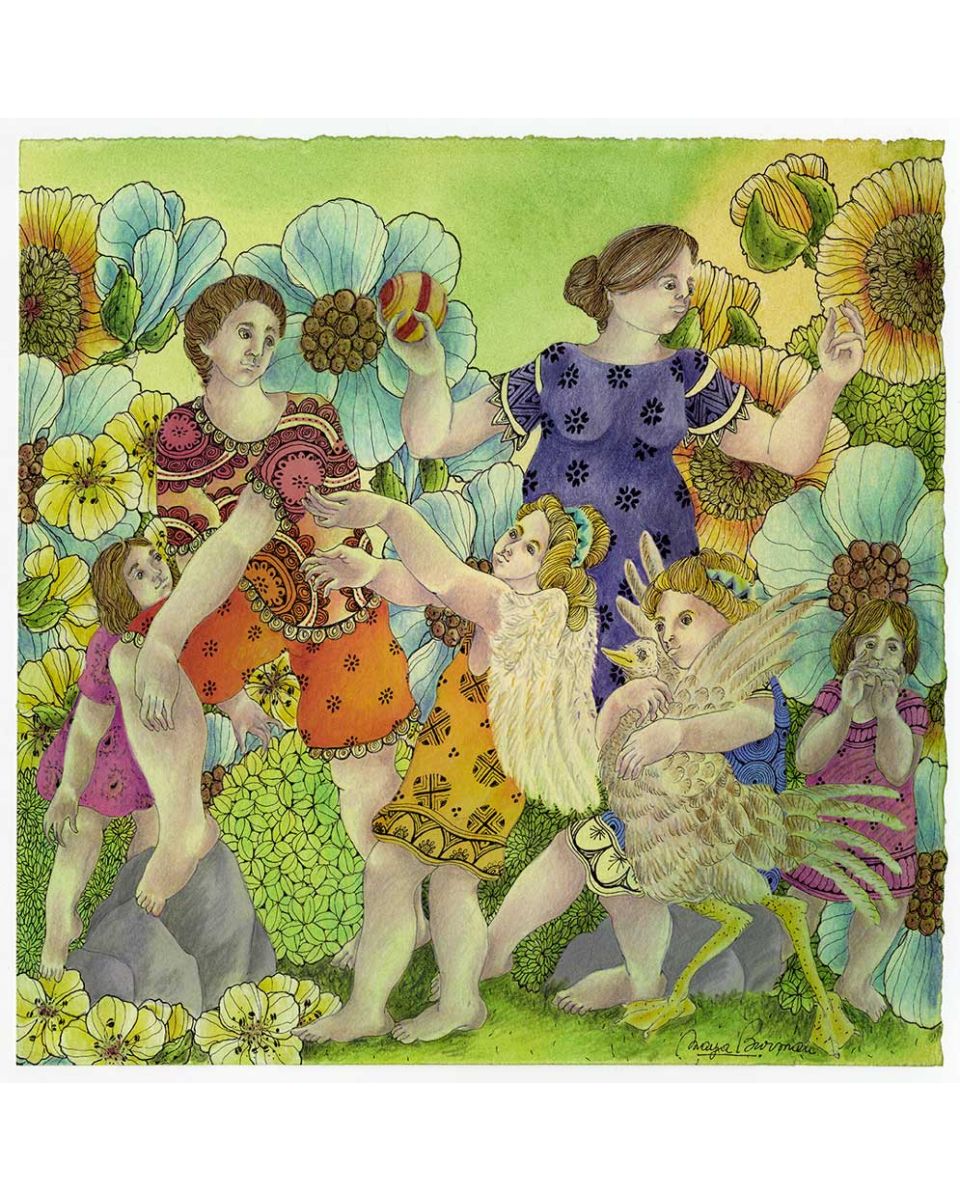Games of Life- Maya Burman
Art Alive Gallery is one of the top rated art galleries in Delhi exhibiting a vast collection of Indian contemporary art including paintings, abstract paintings, watercolours, sculptures, Ceramics art, as well as art books. The art gallery in Delhi offers a selection of artworks such as Sakti Burman paintings, Krishen Khanna paintings, Thota Vaikuntam paintings, Paresh Maity paintings, Jayasri Burman paintings, Manu Parekh paintings, Akbar Padamsee paintings, S. Harsha Vardhana paintings, S.H. Raza paintings, Chandra Bhattacharjee paintings, and Maya Burman paintings among many others. A prominent voice committed to promoting modern Indian art and traditional Indian art on the world platform, the art gallery in Delhi has consistently curated Art exhibition all over the world carving a distinct position for itself by creating an effective visual and interactive dialogue. Art Alive Gallery houses the largest collection of paintings and sculptures by Paresh Maity among other indian art galleries. Being well-known among the Delhi art galleries, Art Alive’s multifaceted approach to art makes it one of the top art galleries in India.



